De verlokkingen van de natuur
~
The lure of nature
Sorbus aucuparia is de wetenschappelijke naam
van de Lijsterbes. ‘Sorbus’ is Latijn voor vrucht,
terwijl ‘aucupor’ vogelvangst betekent.
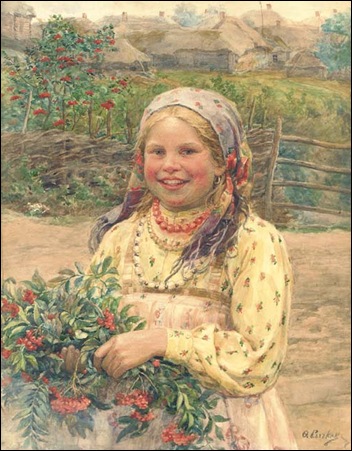
Engels: Rowan
Frans: Sorbie
Duits: Eberesche of Vogelbeere
De Lijsterbes is inheems in Europa, West Siberië en Klein-Azië.
Hij bloeit in mei met witte schermen die zich geleidelijk
van groene tot oranje of gele bessen ontwikkelen.
~
The rowans or mountain-ashes are shrubs or small trees.
They are native throughout the cool temperate regions
of the Northern Hemisphere, with the highest species
diversity in the mountains of western China and the Himalaya,
where numerous apomictic microspecies occur.
The name rowan was originally applied to the
species Sorbus aucuparia.
Het Latijnse woord "Sorbus" betekent vrucht en "aucupor"
vogelvangst omdat de Romeinen de oranje bessen van
deze boom als lokaas gebruikten.
Lijster betekent hippende vogel en rowan is
afgeleid van het Sanskriet woord runa wat tovenaar
betekent. De Lijsterbes wordt ook wel kraalboom, kwetsenbeienboom of vogelbessenboom genoemd.
In Engeland noemde men deze boom ook witchwood,
heksenhout dus omdat men geloofde dat hij
bescherming tegen heksen gaf.
~
The name "rowan" is derived from the Old Norse name
for the tree, raun. Linguists believe that the Norse
name is ultimately derived from a proto-Germanic
word *raudnian meaning "getting red" and which
referred to the red foliage and red berries in the autumn.
Rowan is one of the familiar wild trees in the British Isles,
and has acquired numerous English folk names.
The following are recorded folk names for the rowan:
Delight of the eye (Luisliu), Mountain ash, Quickbane,
Quickbeam, Quicken (tree), Quickenbeam, Ran tree, Roan tree, Roden-quicken, Roden-quicken-royan, Round wood,
Round tree, Royne tree, Rune tree, Sorb apple, Thor's helper, Whispering tree, Whitty, Wicken-tree, Wiggin, Wiggy,
Wiky, Witch wood, Witchbane, Witchen,
Witchen Wittern tree.
Many of these can be easily linked to the mythology
and folklore surrounding the tree. In Gaelic, it is caorann,
or Rudha-an (red one, pronounced quite
similarly to English "rowan").
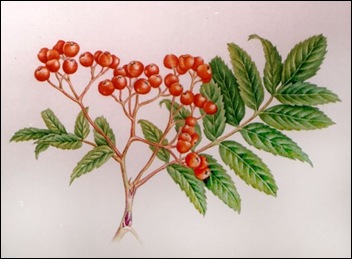
Net als appel, peer en meidoorn hoort de lijsterbes
tot de familie van de Roosachtigen (Rosaceae).
Hij kan een hoogte van circa 15 meter bereiken en is vaak meerstammig. Hij heeft een slanke, gladde stam
en een tamelijk brede kroon. Typerend is het geveerde
blad. Het heeft 9 tot 15 lancetvormige zijblaadjes
die zaagtandig gerand zijn. Eind april komen zij te
voorschijn en vallen vrij vroeg in de herfst af.
Vaak prachtig geel en rood getint.
De lijsterbes bloeit in mei met uitbundige bloemtuilen
die een beetje op appelbloesem lijken.
De bloemen zijn geelachtig wit en geuren sterk.
~
Rowans are mostly small deciduous trees 10-20 m tall,
though a few are shrubs. The leaves are arranged
alternately, and are pinnate, with (7-)11-35 leaflets;
a terminal leaflet is always present.
The flowers are borne in dense corymbs; each flower
is creamy white, and 5-10 mm across with five petals.
The fruit is a small pome 4-8 mm diameter, bright orange
or red in most species, but pink, yellow or white in
some Asian species. The fruit are soft and juicy,
which makes them a very good food for birds,
particularly waxwings and thrushes, which then
distribute the rowan seeds in their droppings.
Due to their small size the fruits are often referred to
as berries, but a berry is a simple fruit produced from
a single ovary, whereas a pome is an accessory fruit.
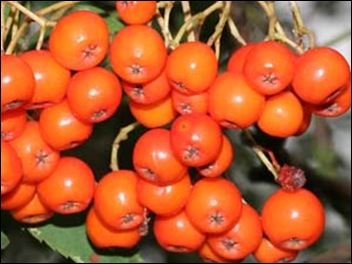
De oranjerode vrucht is geen echte bes,
maar een steenvrucht, eigenlijk een mini-appeltje,
want zij bezit 2-3 steenharde zaden die in augustus rijp zijn
en de herfst aankondigen. Het vlees is zurig en heeft
een aromatische bijsmaak. Vogels zorgen voor de verspreiding, omdat de onverteerbare zaden hun lichaam weer verlaten.
De lijsterbes heeft veel licht nodig en wordt in Nederland
meestal als laanboom aangeplant.
Nadat de vruchten 8 tot 12 uur geweekt zijn in
verdunde azijn, kunnen zij tot jam verwerkt worden,
eventueel gemengd met appels.
In Duitsland worden de bessen op jenever gezet.
Zij bevatten veel vitamine C. Gedroogd en gemalen
leveren zij een smakelijk meel op.
Geroosterd zijn zij als koffiesurrogaat te gebruiken.
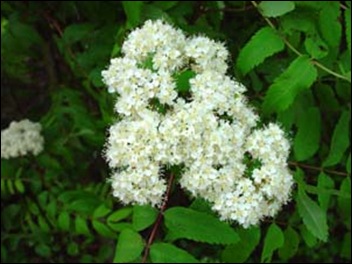
*Symboliek, mythen en volksgeloof
De lijsterbes is zinnebeeld voor wijsheid, kracht
en
beschermt tegen het kwaad.
Zij is bij de Kelten de toverboom.
De Keltische druïden gebruikten lijsterbesstokken bij
hun rituelen. Vooral in Wales wordt de Lijsterbes als
Heilige boom vereerd. Volgens een oude Ierse legende
zou de vrouw zijn ontstaan uit een Lijsterbes.
In de Schotse Hooglanden werd de Lijsterbes geplant
tegen toverij. Ook lieten de herders hun schapen elk jaar
onder de takken van een Lijsterbes door gaan.
Varkens gaf men een aftreksel van lijsterbessen
als bescherming tegen ziektes.
Bij de oude Grieken was zij gewijd aan Aphrodite,
godin van liefde en schoonheid.
Volgens een Romeinse legende groeiden er lijsterbessen
uit de bloeddruppels van een arend die met de
demonen streed.
De lijsterbes werd vroeger vaak op kerkhoven als
toverboom en om demonen af te schrikken geplant.
The European rowan (S. aucuparia) has a long
tradition in European mythology and folklore.
It was thought to be a magical tree and protection
against malevolent beings. It was said in England that
this was the tree on which the Devil hanged his mother.
The density of the rowan wood makes it very usable
for walking sticks and magician's staves.
This is why druid staffs, for example, have traditionally
been made out of rowan wood, and its branches were
often used in dowsing rods and magic wands.
Rowan was carried on vessels to avoid storms, kept in
houses to guard against lightning, and even planted
on graves to keep the deceased from haunting.
It was also used to protect one from witches.
Often birds' droppings contain rowan seeds, and if
such droppings land in a fork or hole where old leaves have accumulated on a larger tree, such as an oak or a maple,
they may result in a rowan growing as an epiphyte
on the larger tree. Such a rowan is called a "flying rowan"
and was thought of as especially potent against
witches and their magic, and as a counter-charm against sorcery.Rowan's alleged protection against enchantment
made it perfect to be used in making rune staves
for metal divining, and to protect cattle from harm
by attaching sprigs to their sheds. Leaves and berries
were added to divination incense for better scrying.
http://www.controverscial.com/Rowan.htm
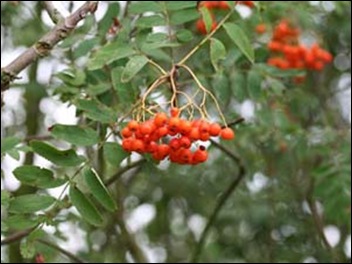
* Enkele van de bijna 60 soorten:
-Breedbladige lijsterbes (Sorbus latifolia)
-Elsbes (Sorbus torminalis)
-Finse meelbes (Sorbus hybrida)
-Gedeelde meelbes (Sorbus thuringiaca)
-Meelbes (Sorbus aria)
-Peervormige lijsterbes (Sorbus domestica)
-Siberische lijsterbes (Sorbus sibirica)
-Zweedse lijsterbes (Sorbus inermedia)
~
There about 60 species:
-Sorbus aucuparia, European rowan
-Sorbus americana, American mountain-ash
-Sorbus cashmiriana, Kashmir rowan
-Sorbus commixta, Japanese rowan
-Sorbus decora, Showy mountain-ash
-Sorbus glabrescens, White-fruited rowan
-Sorbus harrowiana, Harrow rowan



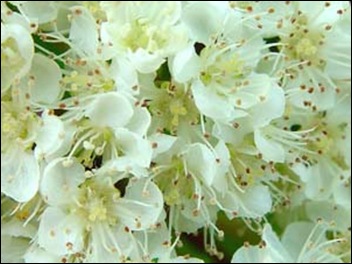
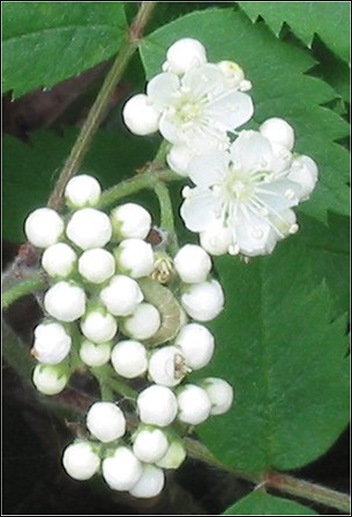
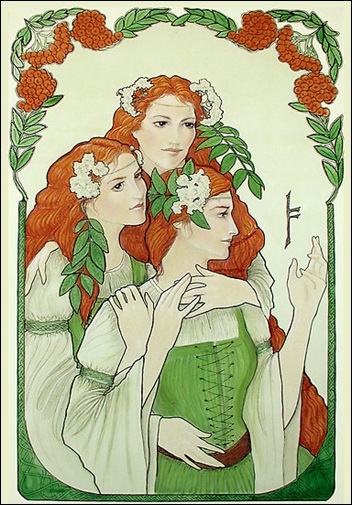
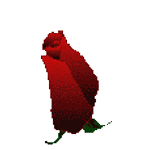























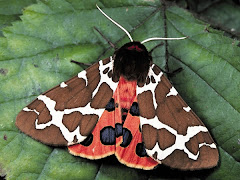

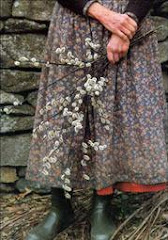
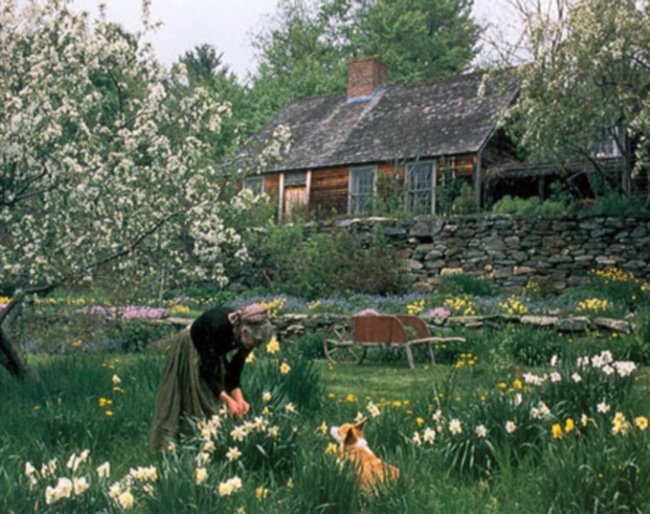
1 opmerking:
Great post. I've always liked Rowan but learnt a lot. Thanks.
Een reactie posten